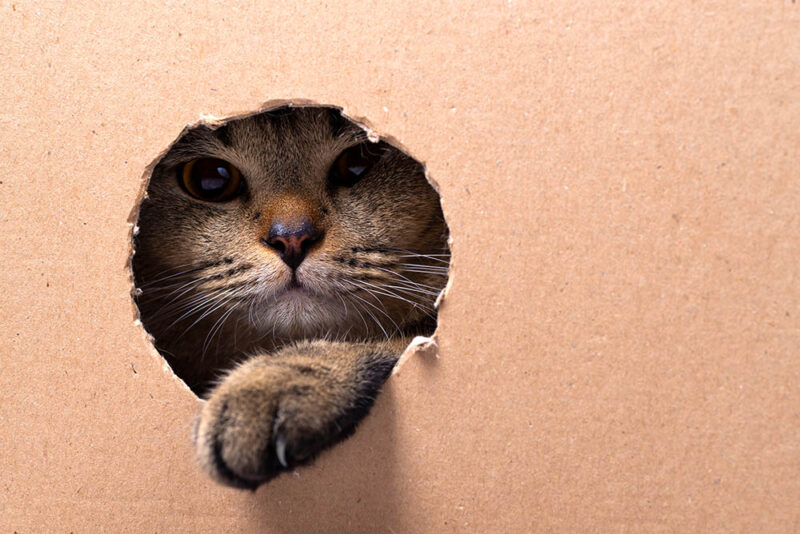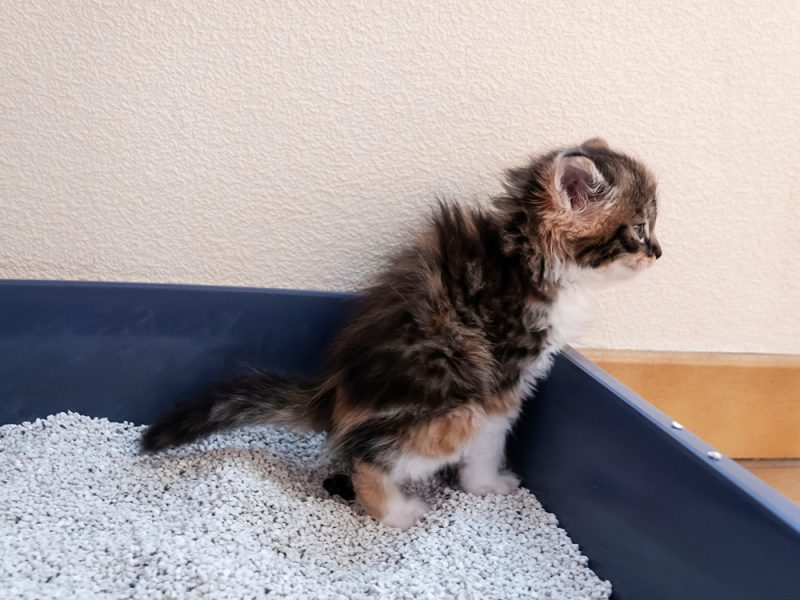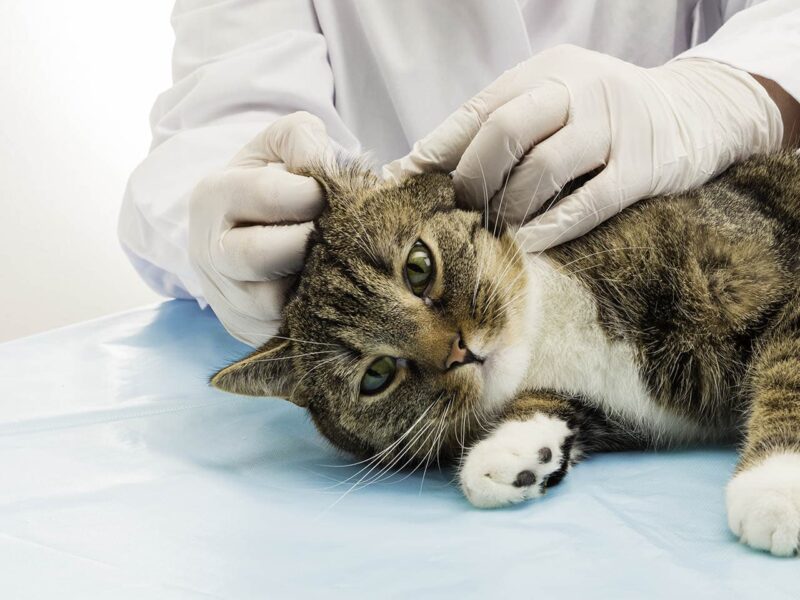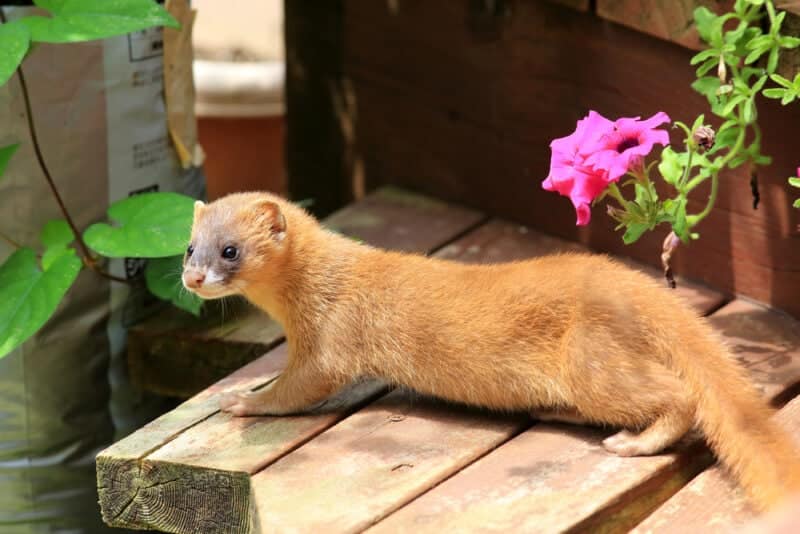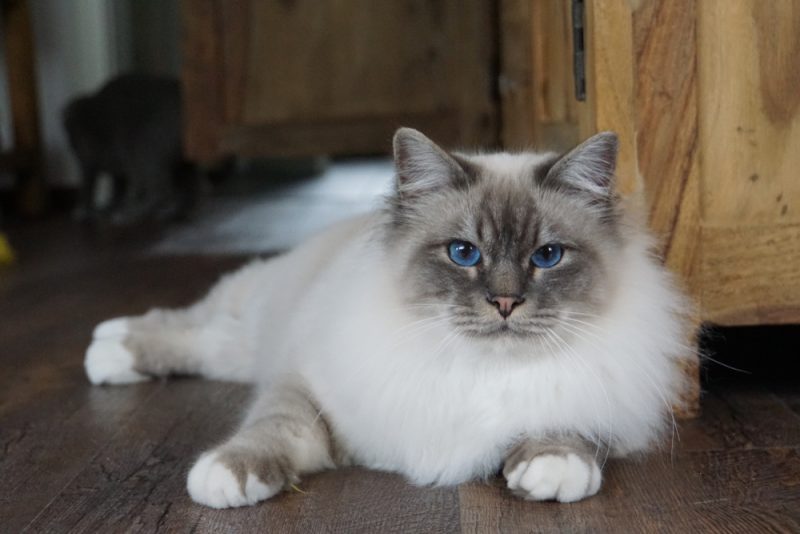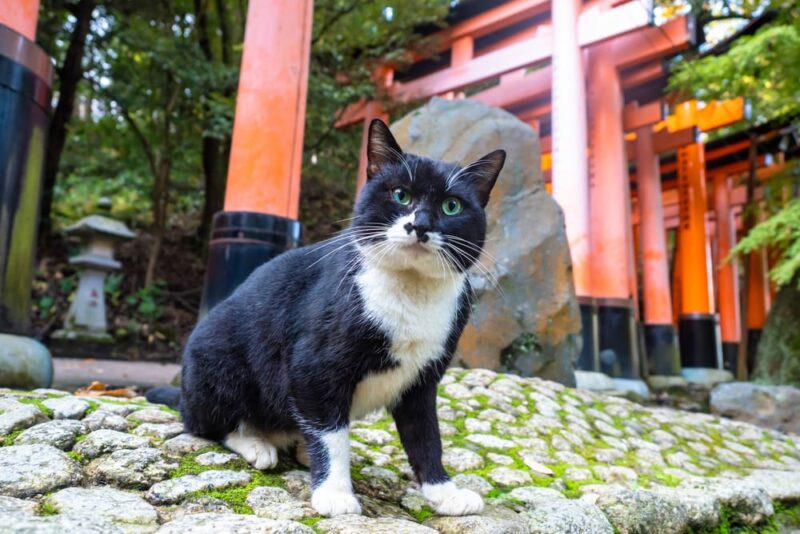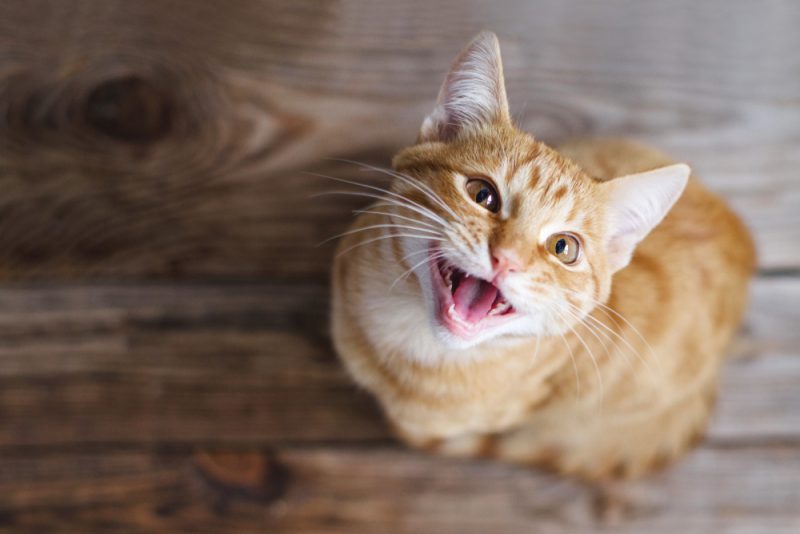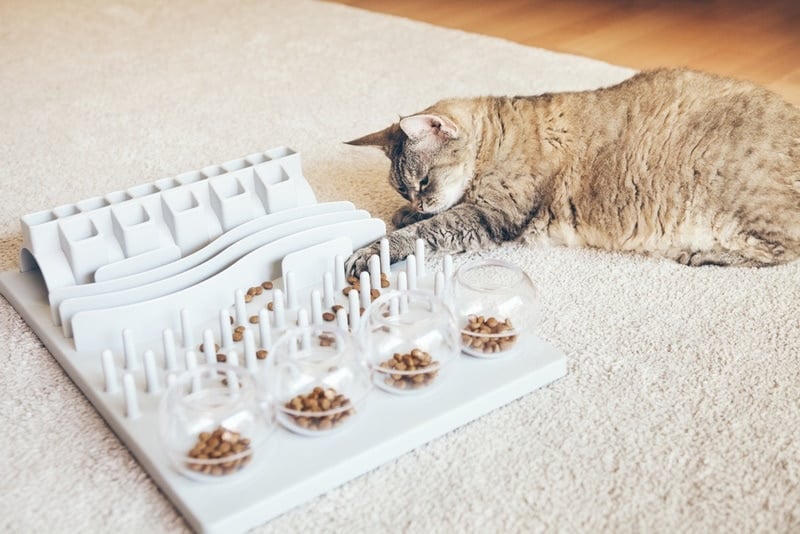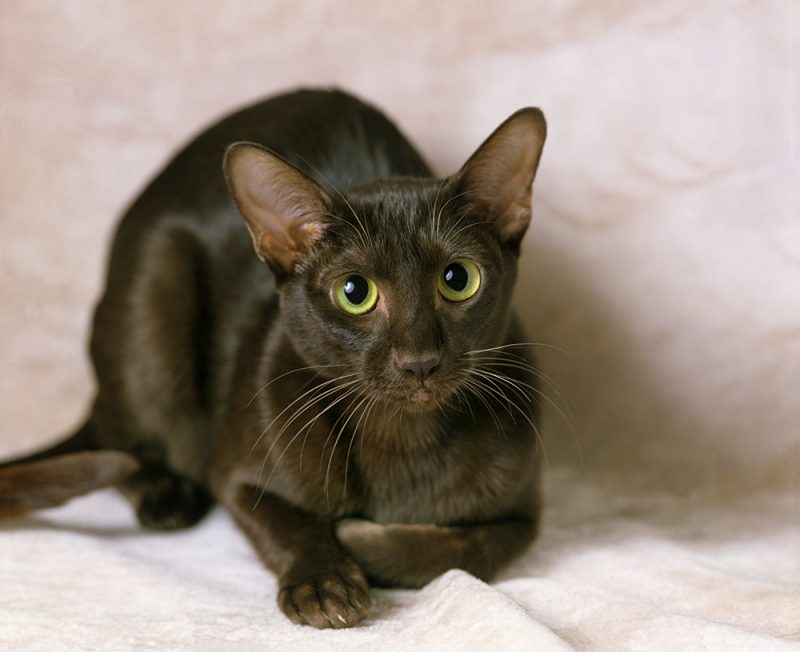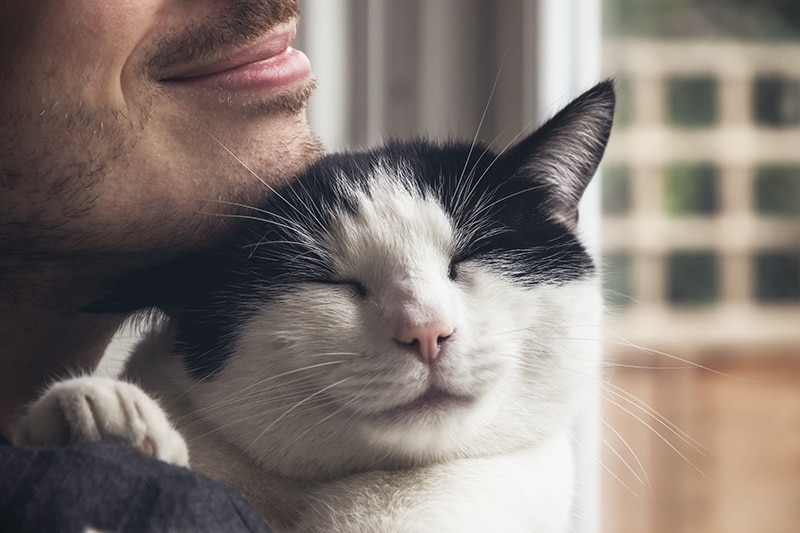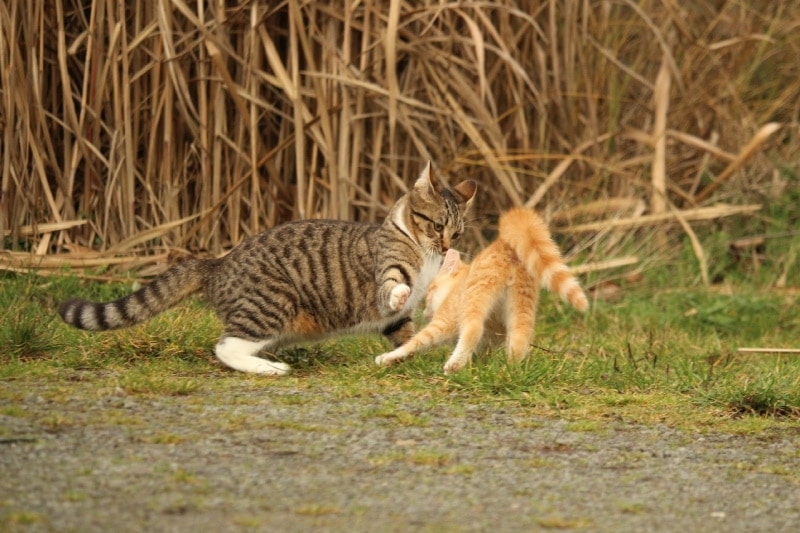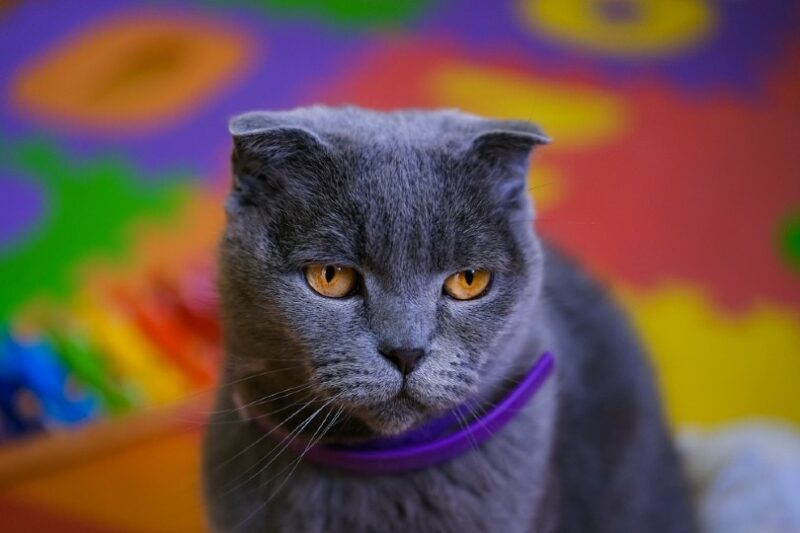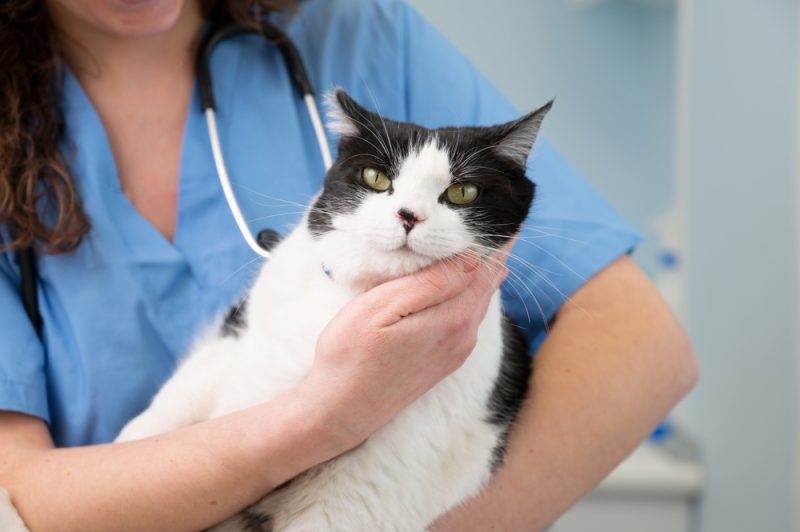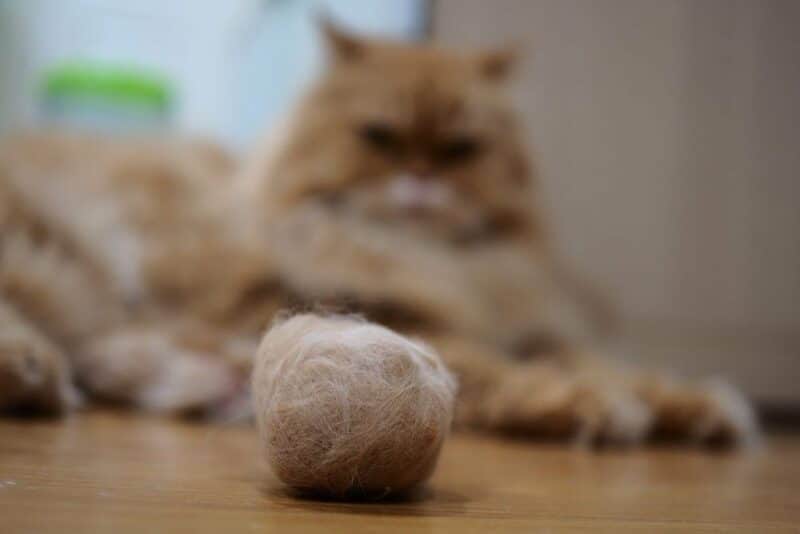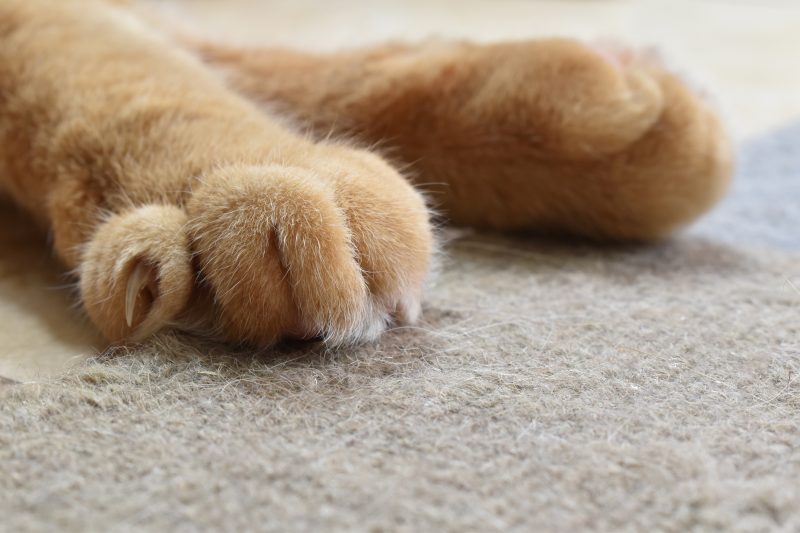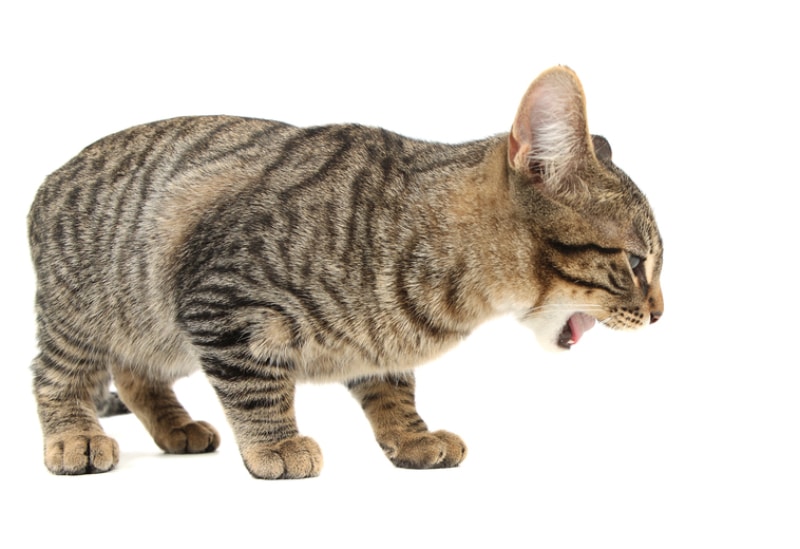It’s not a secret that cats have a special affinity for cardboard. Most cat owners have found themselves baffled by the fact that they can spend hundreds of dollars on various cat toys and other products to keep their precious companion entertained, but as soon as a cardboard box comes into the picture, they couldn’t care less about all those fancy toys and scratchers.
So, why do cats like it so much? From seeking comfort to enjoying the texture, or simply just having fun playing around, there are various reasons that may help explain this special relationship between cats and cardboard, and we will cover each of them here.

The 5 Reasons Why Cats Like Cardboard
1. It Provides a Sense of Security
Cats may have been domesticated for quite some time, but they still have plenty of natural instincts well intact. In the wild, cats must remain vigilant to keep themselves safe from predation, and one way they do so is by squeezing into small spaces that make them feel secure.
This sense of comfort provided by small, confined spaces is just one of the many reasons that cats are drawn to cardboard boxes. A study even found that when a group of cats was given cardboard box hiding spaces, they were able to adapt more quickly to changes in their environment than the cats that were not provided with the boxes.1
Because of the security cardboard boxes can provide for our feline friends, it is even recommended that cardboard boxes be provided in situations that may induce their stress levels, such as moving, home renovation, bringing home a new pet, or after a trip to the veterinarian.
If you need to speak with a vet but can't get to one, head over to PangoVet. It's an online service where you can talk to a vet online and get the advice you need for your pet — all at an affordable price!

2. It’s Perfect for Scratching
Scratching is a normal, instinctive behavior among cats that serves several purposes. Cats will do this to communicate with other cats, sharpen their claws, and deposit pheromones from the scent glands located in their paws.
Cardboard just so happens to have the perfect texture for scratching since the texture allows them to sink in their claws. Cardboard is so popular among cats that many cat scratchers available on the market today are made from it.
We're quite fond of cardboard as a material in cat scratchers, which is why we love the Hepper Hi-Lo Cat Scratcher. Encased within a well-constructed, modern birch plywood frame, this scratcher is designed with both cats and their owners in mind. It offers three versatile configurations to keep your feline friend active and entertained while enticing them to fulfill their natural scratching instincts (and away from scratching things they shouldn't). For more details, click here! At Catster, we’ve admired Hepper for many years, and decided to take a controlling ownership interest, so that we could benefit from the outstanding designs of this cool cat company!
3. They Enjoy the Warmth
Cats are well known for finding cozy, warm places to nap. This is another instinct that has been passed down from their wild ancestry, and why you will often find your cat snuggled up in sunny areas of the house, near heat registers, or curled up in a comfortable bed.
The cardboard retains heat well, so it’s very insulating and allows them to control their body temperature. If you find your cat cramming themselves into a tight-fitting cardboard box, it may be because they are trying to retain heat and keep warm while they nap.
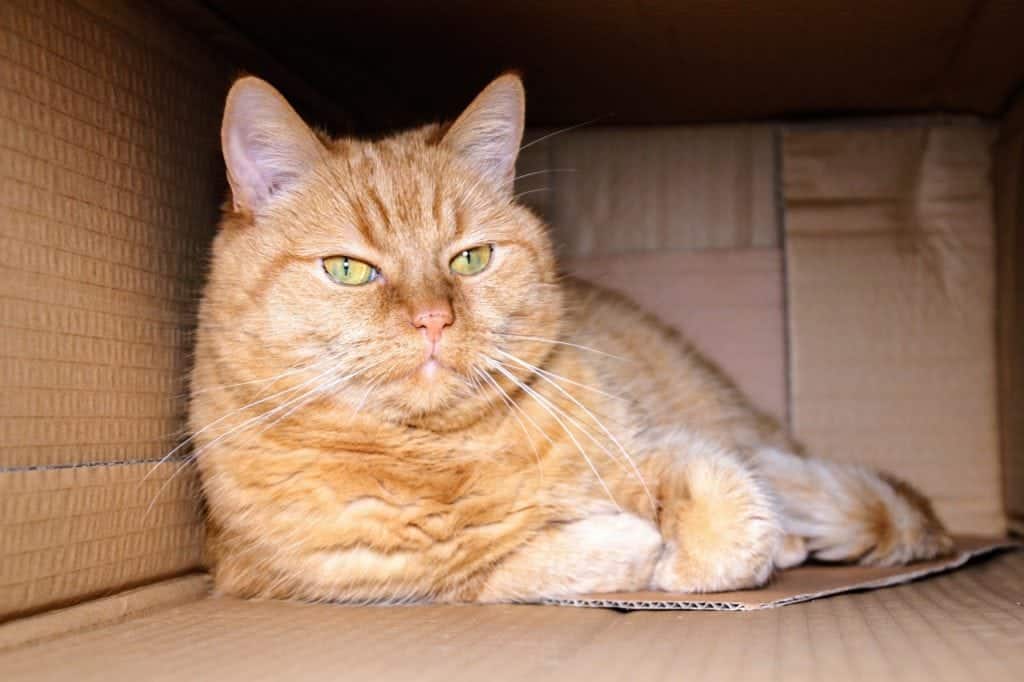
4. It’s Fun to Play With
Cats may be creatures of habit and comfort, but these natural-born predators still need to exercise their instincts through play. Cats love to hide and stalk their prey before pouncing in an attack. Any cardboard boxes lying around will provide excellent concealment from any unsuspecting targets.
While the prey for an indoor house cat is often limited to both human and furry family members, toys, or even the occasional unfortunate mouse, a cardboard box makes for a great place to hide out and wait for their next victim.
5. Cats Are Naturally Curious
Cats may be loving, affectionate, and entertaining companions, but there is one thing they are very well known for: curiosity. You’ve likely heard the phrase “curiosity killed the cat,” and the reason this saying was coined is because of how incredibly curious cats are by nature.
Thankfully, cardboard isn’t going to pose a danger, but it will certainly spark their curiosity enough to make them wonder what this material is all about. If your cat gravitates toward cardboard, chances are they will quickly find other purposes for it, whether it be their new comfy napping spot, a makeshift toy, or an exciting new scratching post.
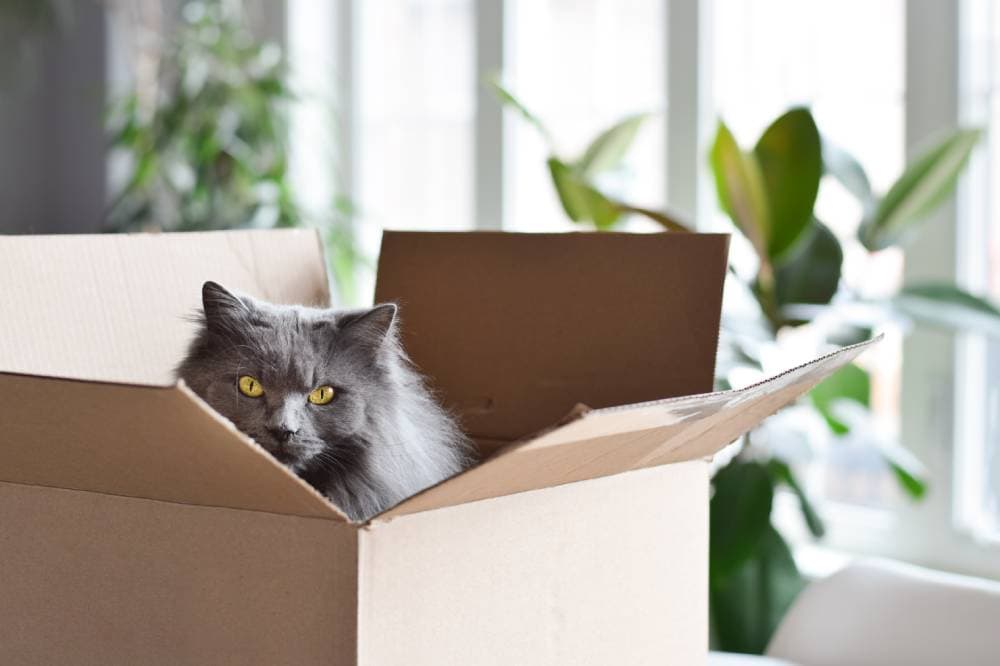

Conclusion
Whether they are sleeping the day away in a cardboard box or sinking their teeth and claws into that ideal texture, cats may not be able to verbalize their love of cardboard to us humans, but they certainly have no trouble showing us how much they like it through their behavior. Cardboard is a great thing to keep on hand to keep your cat entertained, though it may take the place of all those expensive toys and beds you picked up at the pet store.
Featured Image Credit: Natallia Boroda, Shutterstock
